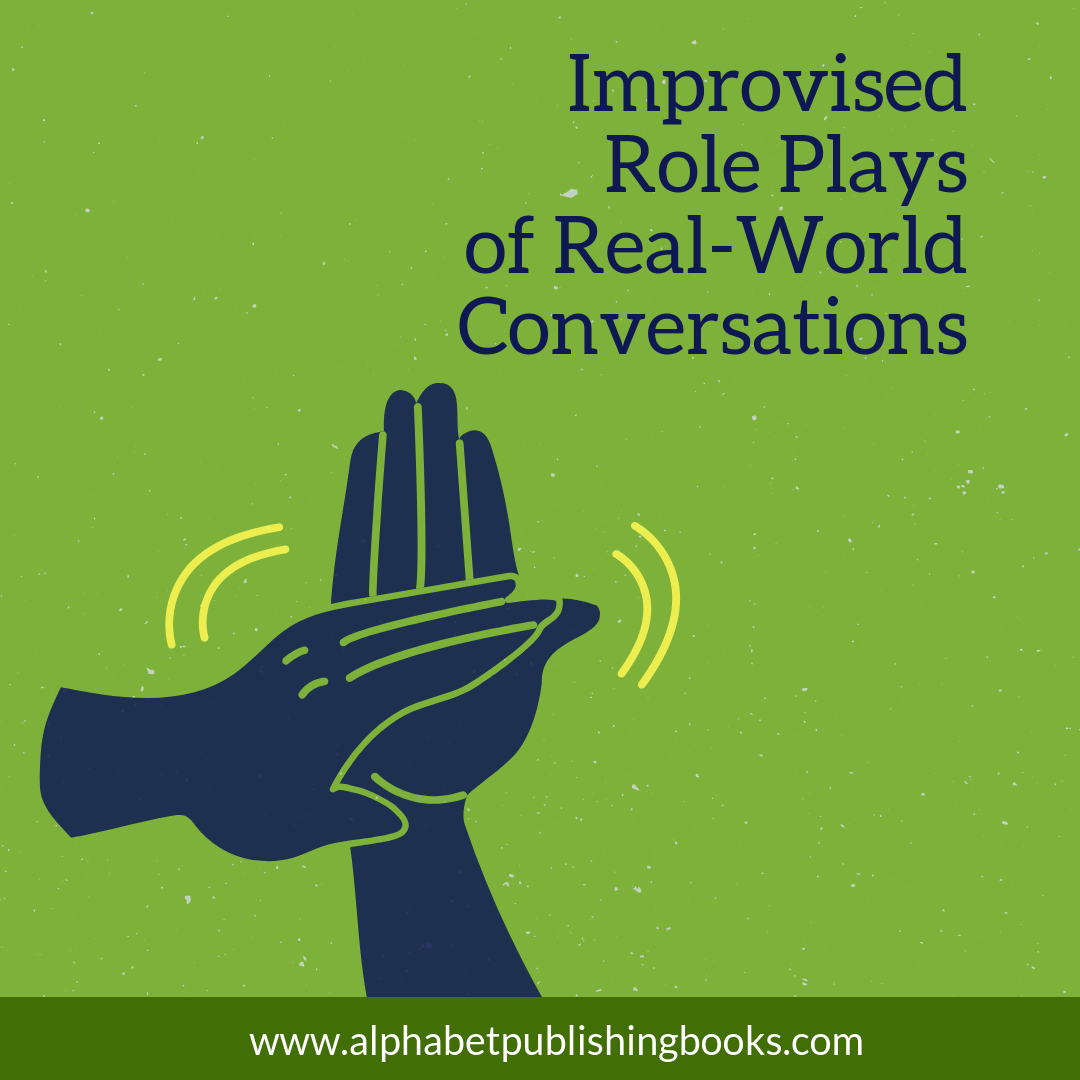Are you thinking about trying a play in your English language classroom? Not sure which one to choose? Here are the synopses of our short plays for the classroom. You can also download this list […]

Embodied Mind: The Dancer and Dance and Grammar
“How can we know the dancer from the dance?” Yeats famously wrote. And in the dance of human communication, the body plays a role. Language is more than word choice or grammar, and even more […]

Set Your Roleplay to Music
Looking for a way to make your roleplays more engaging and also help students explore communication tools more effectively? Try music. We all know the power of music to set a mood. Television shows and […]

Prosody Practice: Talk Show Activity
Alice Savage, author of the forthcoming The Drama Book, has been doing plays with her students for a while now. But she wanted to know if the prosody practice her students have been doing with […]

Improvised Role Plays of Real-World Conversations
Improvisation allows students to prepare for real world situations, but often in regular role plays, the conversation runs more smoothly than in real life. In the real world, people find themselves challenged by awkward situations. […]

Play on Feelings: Using Intonation to Express Emotions
Intonation is notoriously difficult for English learners, yet it is important, particularly in English, for sending emotional messages. The role of intonation in English is complicated but generally English speakers use intonation to express emotion, […]

Pragmatics is Everywhere
I got this amazing feedback from an educator about one of our drama books and how teaching pragmatics resonates with her students: I introduced the idea of using [Her Own Worst Enemy] in the classroom […]
Slides from TESOL 2019 Presentations
It was an honor to present at the 2019 TESOL Conference and spread the word about using drama and video in language learning. Our author, Taylor Sapp, also presented on using his story prompts to […]

Come Learn with Us at TESOL19
We’re going to be at TESOL19 Convention this year exhibiting at Booth 939, so please come on down and check out our books, including our newest releases: Adrift, Short Plays for Language Learners, and 60 […]

How to Put on a Play in Class
The benefits of drama in the English classroom are surprising. Students learn and practice a variety of acting skills, using their bodies and voices to make meaning. When they put on a play, what to […]

